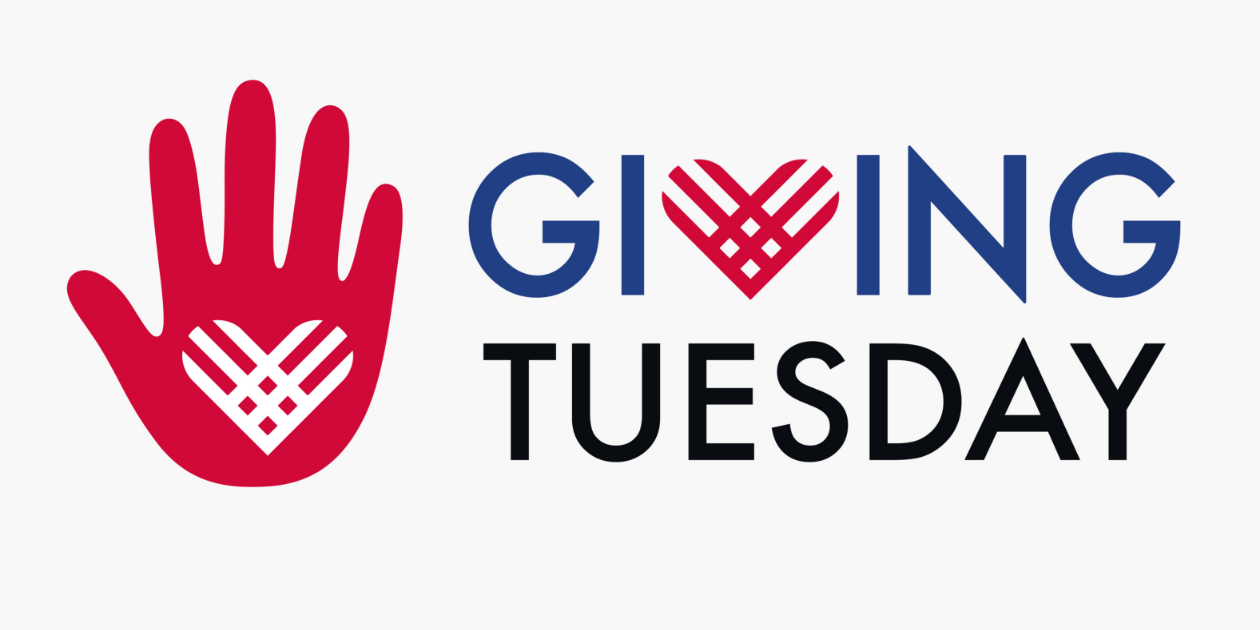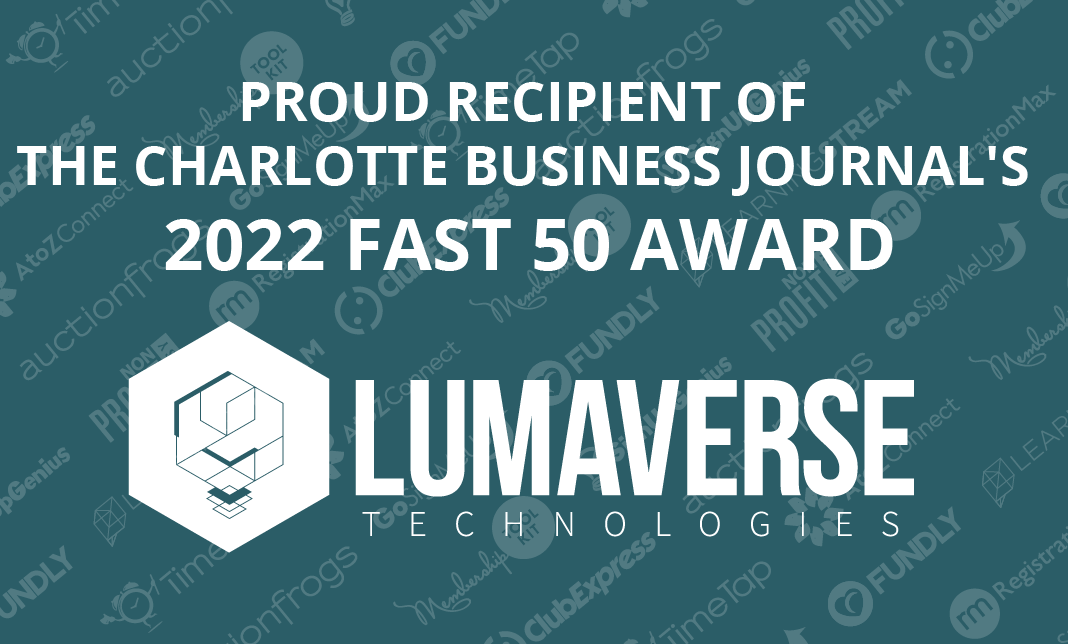Even on a tight budget, nonprofits that invest in quality technology tools like constituent relationship management (CRM) systems see a strong return-on-investment and accelerated growth. Technology capabilities have advanced over recent years, making a comprehensive database an essential tool for organizations, including those in the nonprofit industry.1
What Can Technology Do For Your Nonprofit?
Often, nonprofits face challenges in areas where tech can win and end up making a big difference. If your nonprofit is not using technology to help your humans in these key areas, you may be falling behind the eight-ball:
- Organize constituent information whether it’s information about a member, donor, or one-time event attendee, your organization benefits when constituent information is organized in a consistent manner and can be found in one place. With an effective CRM the same information is captured regardless of what touchpoints are made within the organization.
- Automate outreach and free your team up to focus on relational connections and personalized outreach opportunities. Implementing a CRM provides a seamless way to report accurately on data, campaign results and contact information with less manual work because automation simplifies the process.2 Automate things like new member welcome emails, donation acknowledgement emails, renewal notices, monthly updates so you can keep on top of mind with members and donors.
- Send targeted communications and move away from sending the same email or newsletter to everyone on your contact list because now you have the ability to send specific messages to groups of people with a shared interest. This communications strategy keeps you top of mind with members, donors, and general audiences. Measure success by tracking who opens, clicks, and unsubscribes. You also have the ability to copy or resend emails as needed.
- Target your asks through integrations with research tools like DonorSearch. A CRM can help you understand a person’s donation history so that your ask is more likely to hit a “sweet spot” and get a positive response. Not too high and not too low.
- Move payments online so constituents can pay online and on their phones. By taking online payments for membership, tickets, donations, and merchandise, you set the stage for creating a fully integrated, mobile-compatible donation system that includes both offline, online, and even text-to-give options.
- Optimize staff time and free them up to spend time with members and volunteers building relationships. Instead of culling spreadsheets, manually setting up multiple emails, and repeating this process every time you want to set up an email, staff can automate some of those repetitive processes and spend their time doing the things a computer can’t do.
- Streamlined technology alleviates even the most complex nonprofit problems. Great technology produces great data so you can see patterns in behavior and trends. This practice enables you to make smart decisions about how to staff and fund your organization.
While technology can organize data and streamline donor communications, it cannot replace the authenticity of relationship building, personal thank you notes, and phone calls to tell funders of the organization’s impact. Your organization will always need people to spend time with your constituents and advocate for your cause.
Building your team and creating an engaging culture cannot be done by technology. Leverage the best technology so you can focus your team on developing new ways to help your community and put the right programs in place to make your mission a success. Daily inspire your team to bring your mission to life as they tell stories, create content, root for your cause and celebrate success together.



